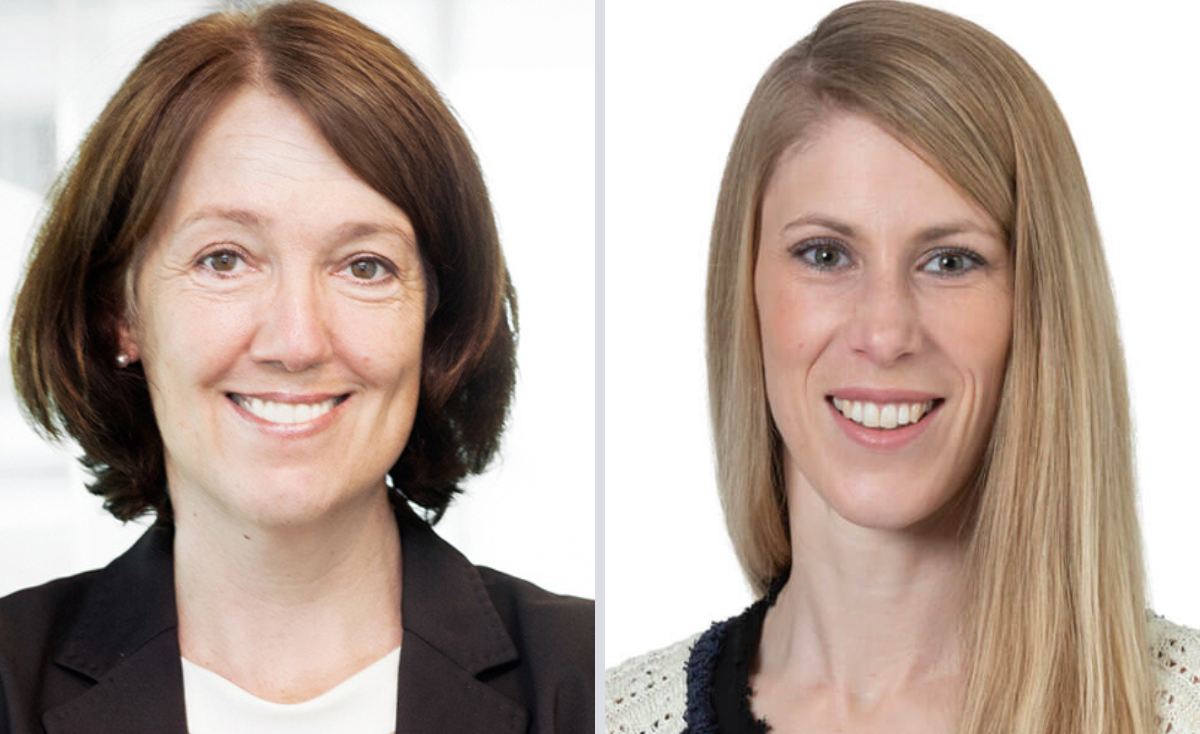 Chris Taylor, Chief Operating Officer, CG Asset Management.
Chris Taylor, Chief Operating Officer, CG Asset Management.
Andrew Putwain: Talk to us about the process around data flow; what’s the most important aspect? For example, is it speed, efficiency, details, compliance?
Chris Taylor: Data flow is an umbrella term and how you apply that term to different data sets changes how you measure and consider it.
If you're considering the data around the decision-making process of an investment, for instance, you're looking at a number of different inputs. Some of the data will be structured, some not – but you need to be able to pull it all together in the most efficient way.
If you’re collating data from a range of business areas and the user experience of that data capture is slow or complex, then it can degrade both the amount of data you get and the quality. You want there to be as few manual touch points as possible and a seamless workflow integration.
"Data flow needs to be amended and configured to the requirements depending on the type of data that you’re using."
The two key elements to aim for are efficiency and accuracy which in turn supports the compliance and structure of the data capture. Where we look at capturing data around client or governance interactions, for example, we want things like drag and drop options for notes which will seamlessly integrate with the data repository.
When you're looking at statistical data, efficiency is key, yes, but accuracy is even more important because it’s something that will drive a quantitative result down the line.
Data flow needs to be amended and configured to the requirements depending on the type of data that you’re using.
Andrew: So, for data overall, it’s a qualitative versus quantitative approach?
Chris: Yes, if you're using quantitative data, there will be a solid answer at the end of it. The data says the answer is ‘X’ but if you are using qualitative data then you want the data to be available for interrogation or consideration at a point in the future.
If you’re using qualitative data, it may be an analyst commentary that ties into a proposal where, in turn, an analyst has developed a target price which is modelled using the quantitative data. There needs to be a rationale and investment case study that goes along with that, while that’s not data in a numeric sense, it is still data that needs to be captured because it is a decision that has been made or an opinion that has been formed.
Andrew: What are some of the new tools and processes you’ve been taking advantage of – or is it still the tried and tested methods? And where does outsourcing fit in?
Chris: We're currently building and have built several proprietary apps that work for us. The first one is for compliance and that will capture individuals quarterly attestations, PA dealings, gifts, and benefits register, etc. It’s useful and it goes back to the efficiency point, which is that everything is in one place, its simple to navigate and therefore staff are comfortable interacting with it. You're filling in one form that will populate several different reports.
In the past a number of compliance tasks were done manually, and, yes, it's information that we had, but now we have a simple and efficient way of pulling it together and making the most use of the compliance officers' time because they just need to review the exceptions.
"The advantage of doing it through an app rather than disparate workbooks, conversations, and emails, means that you can audit that journey from beginning to end."
An app we are building has a much wider-scope and captures data related to the decision-making process. We can track a full timeline from somebody having an idea, the research that went into it, the workbooks they created, the interactions that we've had with the company, any assumptions made about the company’s objectives and their financial forecasts. The analysis our fund managers have done around the information that they have gathered is also captured in a single app so we can pull together an investment case and assess the proposition in a more efficient manner.
The advantage of doing it through an app rather than through disparate workbooks, conversations, and email chains, means that you can easily and effectively audit that journey from beginning to end. It allows us to review any lessons learned and ensure that these are considered in the investment process going forward.
Andrew: Let’s look at Artificial Intelligence (AI). Is this an area of particular interest in data flows? Has it changed things?
Chris: We’re not using it for data capture in the traditional sense, but we are using some live language AI models that are on offer. There are some administrative tasks that involve going through the shared drives and finding specific documents but if you set the parameters of the AI correctly it can efficiently summarise the information you need. New staff members can ask a question such as “What is the Committees Terms of reference?” and it will find the document within the shared drive and provide an answer.
Over time we will integrate more AI tools but there is still a lot of work going on and we’ll wait until a suitable and fully developed tool is available at a price point that is right for us.
Andrew: How do you work with your team – and others – to improve workflow automation whilst bolstering information security?
Chris: Information security is paramount, and it goes without saying that it is at the heart of everything that we do.
We work with independent consultants to review our security posture. Our third-party IT provider acts as our Chief Information and Security Officer (CISO), and they have an overview of everything that is going on in terms of permissions that are being granted and the access logs that are being used so we can monitor any third party that's working on our network.
"It comes down to training to make sure that they know what their obligations are, what the restrictions are and why those restrictions are there."
We're not reaching out to large multinational firms, and it tends to be smaller, specialist, boutique consultancy firms that can take the time understand our business. They allow us to perform proper due diligence on their systems to make sure that we're comfortable that they have the controls in place to mitigate and prevent risk events.
In terms of the team itself, it comes down to training to make sure that they know what their obligations are, what the restrictions are and why those restrictions are there so that they can take a considered view of any actions they take.
Andrew: Building on that theme, how does having a good team make a difference in achieving these goals?
Chris: We’ve always made it about training our staff and building in the right mindset.
When it comes to adapting to change, we are consider IT proficiency as a key competency because it doesn't matter if you're working in investor relations or in operations, that ability to work with the system and get the most out of it is helpful. It makes you more efficient and ensures that the data is accurate and secure.
Within the team, a key quality that we look for is the ability to embrace change. You can build something in a sandbox and believe it to be the best thing ever. When you roll it out to the team, if they really want to engage with it and give feedback then you will always find enhancements that can be made. A team that gives feedback about how it could better meet their needs will ask for ways of making it more efficient.
Andrew: It sounds like safeguarding against human error is an ongoing issue.
Chris: When you look at how cyber breaches occur, it is mostly down to user error.
If someone gets into a system, it is because somebody’s clicked on a link. If somebody has received some data that they shouldn't have, it’s less likely that somebody's hacked the system, it's often because someone has attached the wrong file to an email.
"You need to have the right team members who want to embrace the change and want to get more value from their day rather than completing repetitive tasks."
A lot of it comes down to training, and people being aware of the risks of what they're doing. It’s also about having the right systems and controls in place that protect the organisation, as far as possible, from user error.
Looking at the big picture, the key to all of these things working well is having buy-in on all different levels – executive and operational. You need to have the right team members who want to embrace the change and want to get more value from their day rather than completing repetitive tasks.
Chris Taylor will speak at the Fund Operator Summit | Europe on 15 October 2024 in London. Read the agenda, and how to register here.
Please Sign In or Register to leave a Comment.
SUBSCRIBE
Get the recent popular stories straight into your inbox




